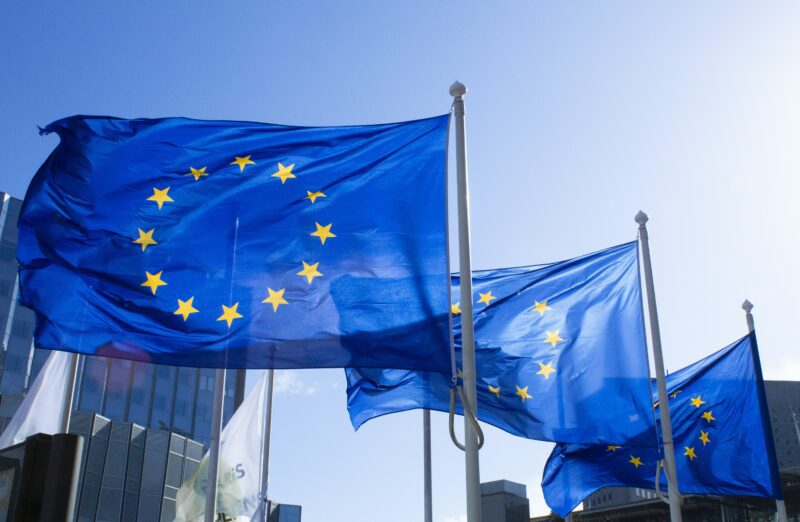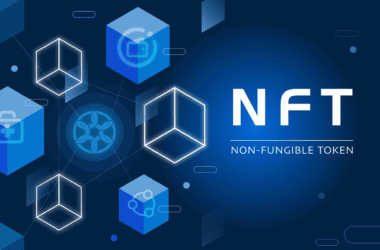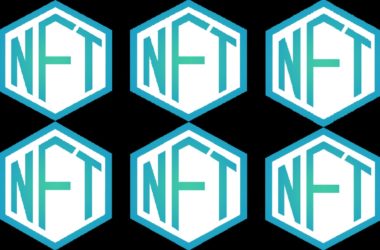Quick take:
- The European Union Intellectual Property Office proposes using blockchain to trace the supply chain of an authentic product.
- It also proposes creating digital tokens to represent physical goods.
- The EUIPO has now selected a high-level design architecture to develop the blockchain solution.
The European Union (EU) is exploring new technologies in IP enforcement that can help fight counterfeiting and forgery of physical goods, according to a document contributed to the World Intellectual Property Organization.
According to the document, A joint study conducted by the Organisation for Economic Co-operation and Development (OECD) and the European Union Intellectual Property Office (EUIPO) showed that in 2019, counterfeit and pirated goods amounted to 2.5 per cent of world trade and up to 5.8 per cent of European Union (EU) imports from third countries.
As a potential solution to IP infringement, the EU proposes making use of blockchain technology that can deliver and create a secure and collectively shared record of authenticity. This would allow an authentic product to be tracked and traced through the entire supply chain.
Over the last four years, the EUIPO has conducted a series of workshops to investigate the benefits of blockchain technology for IP rights enforcement. One use case included giving IP rights holders permission to create digital tokens that represent digital goods. The rights holders could also could then authorize other parties, such as manufacturers, to create and handle the tokens on their behalf and record events and information for their goods.
Another use case involves the combination of unique product identity and the continuous transfer of the digital identity between wallets which proves that the goods are genuine. Along the product journey, customs and other enforcement authorities can access information, such as authentic shipping records to support risk assessment.
On the shipper’s end, a container can also be tokenized and connected to the goods contained using algorithms. This prevents the need to open a sealed container to check the authenticity of the goods each time a container moves between parties in the supply chain. Tokenized goods with proven authenticity could also be allowed a swift passage through customs checks.
The EUIPO has selected a high-level design architecture to develop the blockchain solution allowing brand owners to choose their own NFT platform, manufacturers to leverage their existing physical identification technology, and logistics operators to use their track-and-trace system of choice.
As part of a wider solution throughout the European Blockchain Services Infrastructure, consumers could benefit from a single wallet at EU level capable of storing all their non-fungible tokens (NFTs) and other digital certificates in one location.
Last April, luxury goods company LVMH announced that it has joined forces with Prada and Cartier to develop Aura Blockchain Consortium, designed for consumers to access product history and proof of authenticity of luxury goods using blockchain technology.
Stay up to date:





